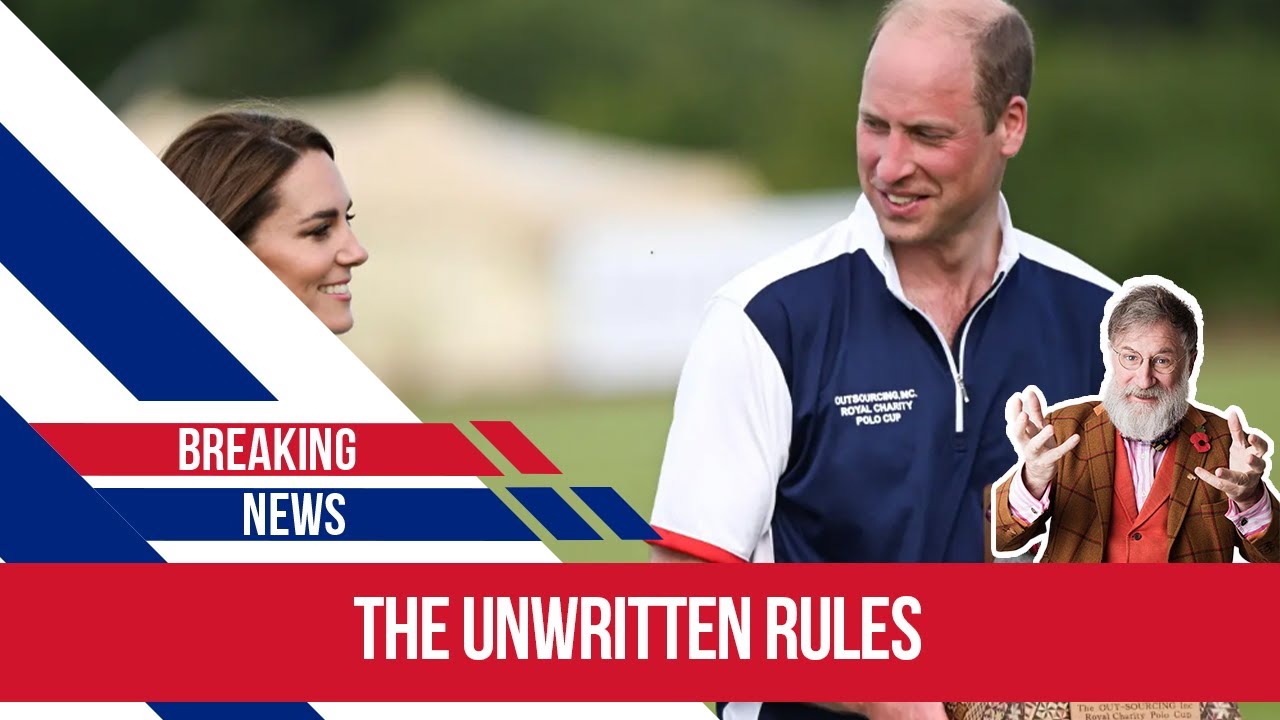The scandal involving Prince William and a Swiss sponsor highlighted the risks of privatizing royal charity events through high-value transactions, blurring the line between philanthropy and commercial gain. Kensington Palace distanced the royal family from the incident, emphasizing the importance of strict vetting and ethical standards to preserve public trust and the integrity of royal fundraising efforts.
The recent scandal involving Prince William has brought scrutiny to the intersection of royal charity work and high-profile fundraising. At the core of the controversy is an attempt by a wealthy sponsor to monetize access to the future king, undermining the principles of genuine philanthropy. This incident exposes the risks faced by charitable events in maintaining their reputation and highlights the importance of due diligence when engaging with privileged donors. Public figures like William must tread a careful line between effective fundraising and avoiding perceptions of impropriety.
The Royal Charity Polo Club, a key part of Prince William’s charitable efforts, is traditionally an exclusive event that raises millions for various causes such as the Wales Air Ambulance and Child Bereavement UK. These polo matches, attended by the wealthy, are carefully managed to preserve an aura of discretion and respectfulness, with limited publicity and photographs meant to reinforce the event’s exclusivity without commodifying royal access. However, this balance was compromised by reports involving a sponsor offering private meetings with William in exchange for substantial donations.
The controversy centered on Minurva Mond Steiner, a Swiss millionaire and art gallery owner, who used her official sponsorship role to offer ultra-high-net-worth individuals private access to Prince William and Princess Catherine for large sums. These offers included VIP tickets, private audiences, and promotional magazine placements, blurring the lines between philanthropic fundraising and commercial transaction. Such schemes turn charitable events into spectacles of transactional luxury, risking damage to the integrity and credibility of royal charity work.
Kensington Palace responded swiftly once alerted, distancing Prince William from Steiner’s actions and severing ties with her gallery. The palace emphasized that William did not condone this behavior, and clarified that Steiner was raising money for her own foundation, not the royal charities. The official stance was that there was no intention of selling access and that the palace’s vetting processes should have prevented such misuse. Nonetheless, the incident revealed vulnerabilities in safeguarding the integrity of royal fundraising activities.
Overall, the scandal underscores the ongoing tension between the need to engage wealthy donors and the imperative to uphold ethical standards in charity work. It highlights the risks of commodifying royal associations and emphasizes the importance of rigorous vetting and oversight. For Prince William, aiming to project a modern, transparent image, the episode serves as a crucial lesson: maintaining public trust requires vigilant control and a clear boundary between genuine philanthropy and transactions that threaten to undermine the monarchy’s reputation.
